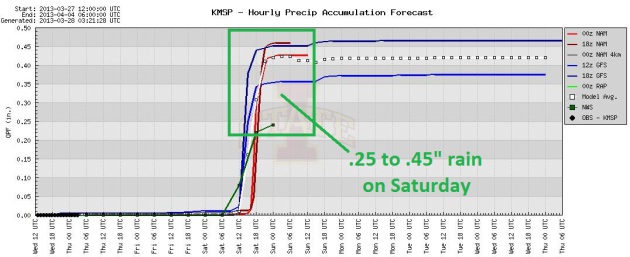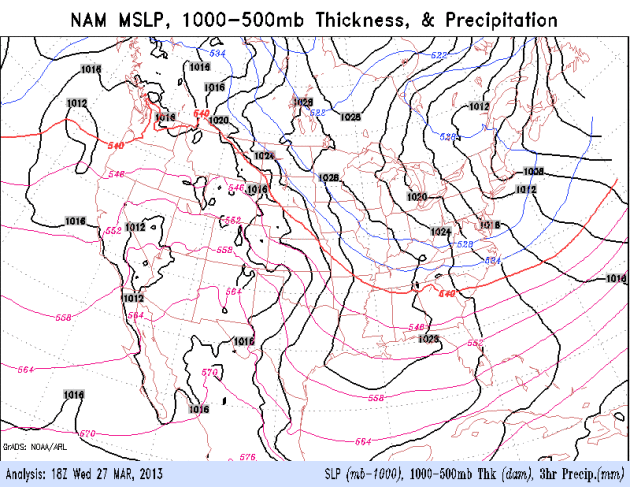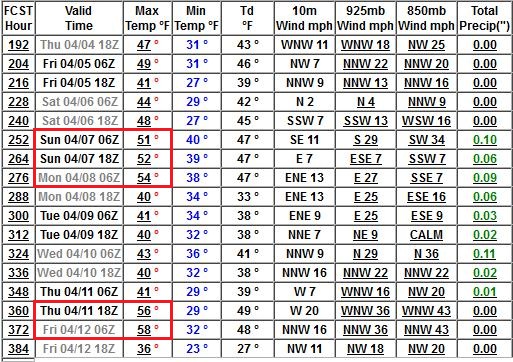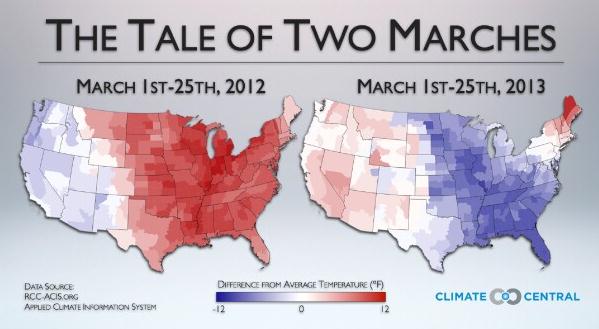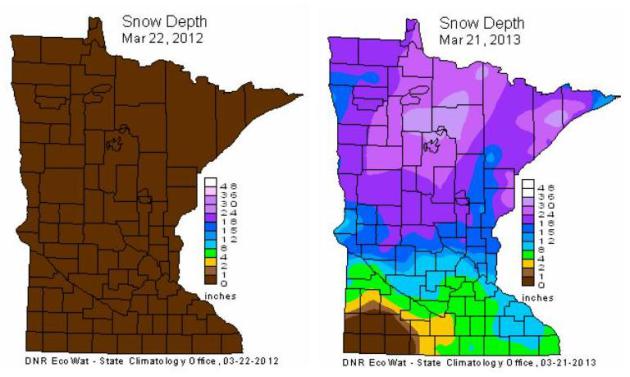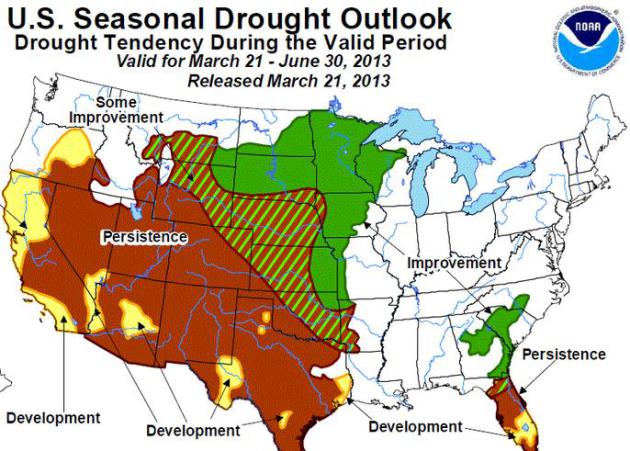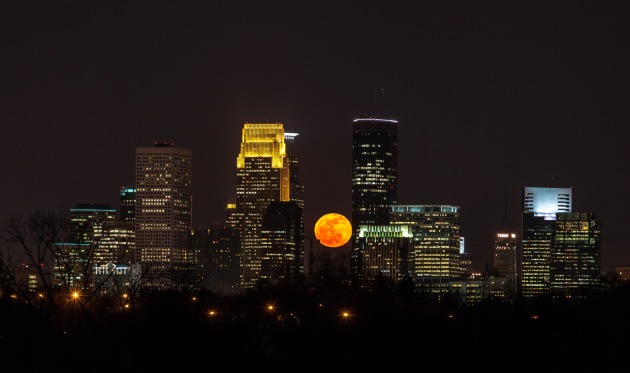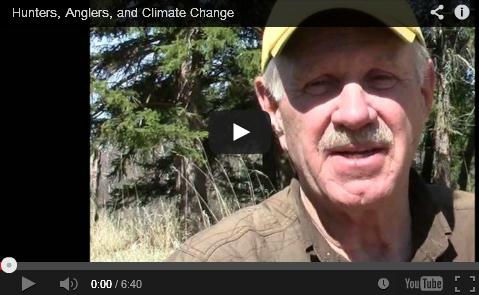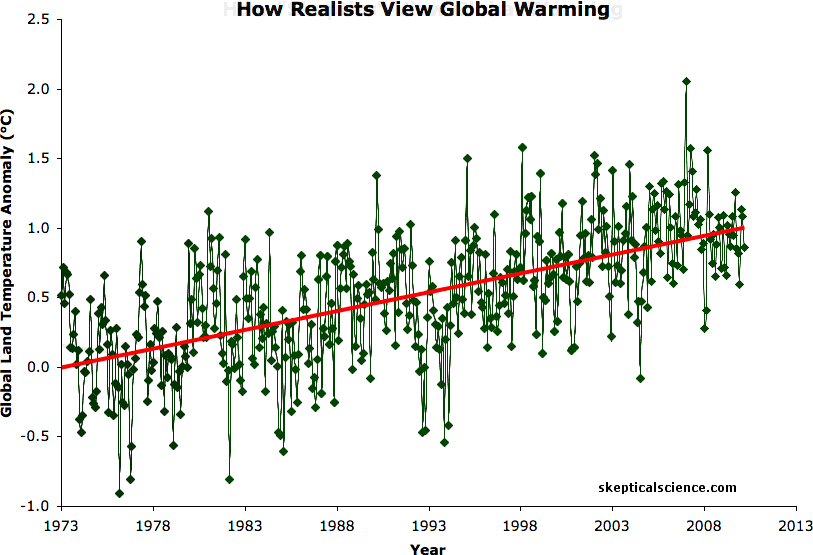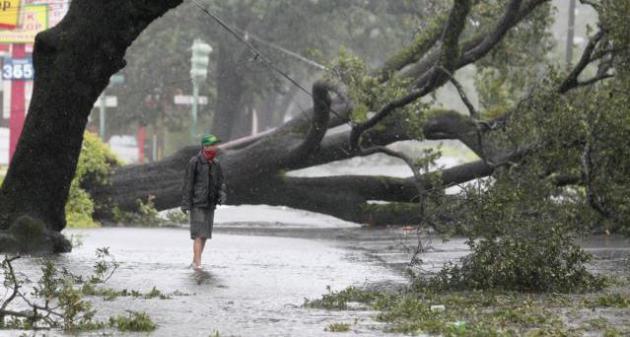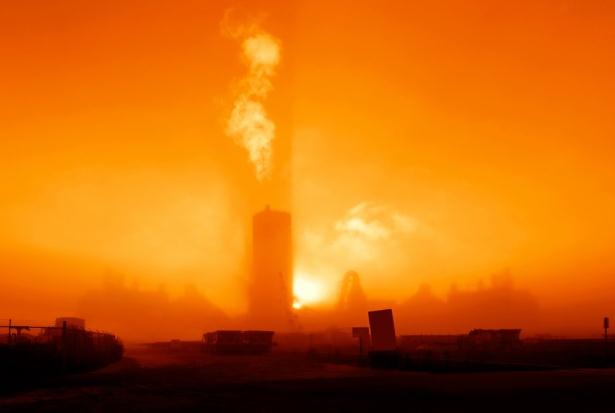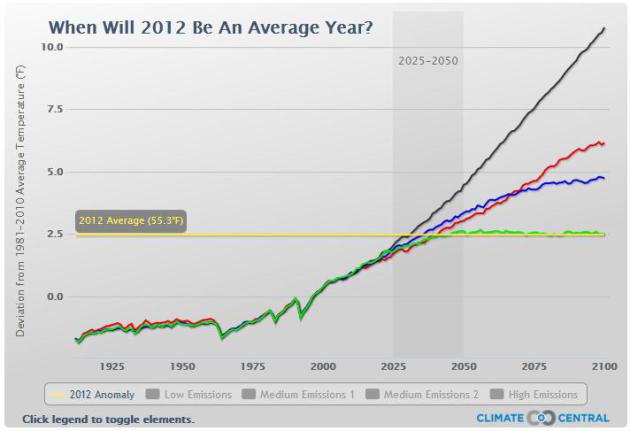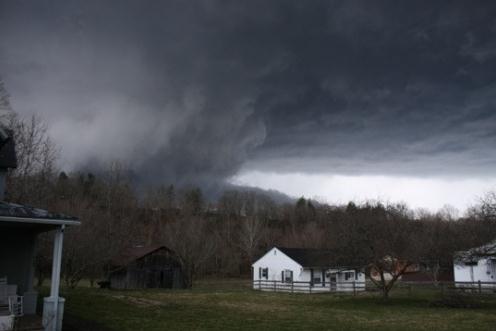Remaining Upright
Worried about tornadoes, floods or other weather
maladies? I'd be more concerned about slipping and falling on ice. I've
heard from hundreds of older Minnesotans who don't mind the cold or
even the snow. But ice? Their biggest fear is falling, breaking a wrist,
hip, or worse. The odds of dying from falling on snow and ice in any
given year are roughly 1 in 5 million. Reassuring. Yet the primary cause
of fatal injuries for Americans 65 and older is falling down, on ice,
or just a hard surface - resulting in an epidural hematoma.
More details in the article immediately below the column.
We're deep into the freeze-thaw cycle now,
melting snow by day freezing into glaze ice at night. Take it easy out
there during the early AM hours.
Another forecast with rare 100% accuracy? Potholes. Water expands as it freezes, creating job security for MnDOT road crews.
If you close one eye and squint a little it may
almost look like early spring out there the next few days: 40s, even a
shot at 50 Saturday. Play in the snow soon, because half an inch of rain
will melt much of the remaining snow in the metro Saturday.
With "concrete frost" in the ground there may
even be a little street flooding Saturday - another sign of the times. A
chilly wind returns for Easter, but nothing we can't handle.
Upended: The Deadly Odds Of Slipping On Ice. Here's an excerpt of a relevant article from
Book of Odds, focused on the risk of death from slipping on ice (or any hard surface): "...
The odds of dying from a fall on ice or snow in a year are 1 in 4,908,000.
The US population hovers around 304,000,000, which means roughly 60
people die from slipping on ice or snow every year. But wintry
conditions are only involved in about 10% of deaths stemming from an
accidental tumble. The overall odds a person will die from an accidental
fall in a year are 1 in 435,800.
According to the American Association of Neurological Surgeons (AANS),
accidental falls are the leading cause of non-fatal injuries in the
US, and the primary cause of fatal injuries for Americans 65 and older.
Most injuries come from striking a hard floor..."
Faint Whiffs of Spring. The ECMWF (European) model
shows highs near 50 Good Friday and Saturday, again Thursday of next
week. A cold wind kicks in Easter Sunday and Monday will feel more like
late February, but temperatures quickly recover by the middle of next
week - the sun angle is too high in the sky for chilly weather to linger
for long as we sail into April. The model prints out about a third of
an inch of (all) rain on Saturday. Wave goodbye to the glacier in your
yard - by Sunday we'll probably have 1-2" snow on the ground (officially
at MSP).
A Change Of Pace. Here's another sign of spring - no
snow with this next system (although a few flurries can't be ruled out
Easter Sunday, especially up north). U.S. (NOAA) models print out
anywhere from .25 to .45" rain on Saturday. Graphic: Iowa State.
Baroclinicity. One advantage of a large north-south
temperature contrast across the USA? Greater potential to spin up
storms, capable of pumping Gulf moisture northward across the Plains
into the Upper Midwest. NOAA's NAM model shows a streak of rain arriving
Monday; the lowest mile of the atmosphere warm enough for all liquid
precipitation.
Cautious Optimism. No more subzero relapses are
brewing. We'll see more cold fronts, no question about that, but
long-range GFS model data shows highs near 50 again the first weekend of
April, again around April 11-12. A reason to go on living...
Extreme Weather: The New Normal? Here's a clip of a terrific article from my friend, Bob Ryan, at
WJLA-TV in Washington D.C.: "
Is
the weather really going to extremes, or are we just more aware or
hear more about “extreme weather” on the news and in blogs? Well, March
2013 has sure been an extreme change from March 2012. March 2012, the
warmest March on record here in Washington and across the United States,
at the same time across the globe March 2012 was the coolest since
1999...."
Graphic above: Climate Central.
Experimental Tornado Warnings Extended Into 12 Additional States In April (Including Minnesota).
The National Weather Service will be using more urgent language this
year when tornado warnings are issued, especially when there is a large,
confirmed tornado on the ground near a heavily-populated area. Details
from
NOAA: "...
The project gives forecasters three-tiered tornado warning options:
- When a tornado is possible based on radar data, the
warning will include a bulleted list that clearly communicates
hazards and impacts. This is the most common type of warning.
- When there is substantial evidence of a large and
dangerous tornado, the warning will include the phrase, “This is a
particularly dangerous situation,” to identify a high threat level,
describe expected damage and promote urgency to seek immediate
shelter. A damage threat tag of “considerable” will be embedded in the
warning.
- When a known, potentially violent tornado is likely to
produce devastating damage, the warning will announce a “Tornado
Emergency” and direct the public to seek shelter immediately. A
damage threat tag of “catastrophic” will be embedded in the warning.
This is the highest level of tornado warning and will be reserved for
rare cases like the deadly EF-5 that struck Joplin in 2011.
The Joplin tornado, which killed more than 160 people on May
22, 2011, inspired the development of this project after a National
Weather Service assessment team found that many victims spent
precious time verifying the twister, making it too late to seek
shelter. The team also found that some people living in tornado-prone
areas may be desensitized to warnings. States in the Impact Based
Warnings project area include Colorado, Illinois, Indiana, Iowa,
Kansas, Kentucky, Michigan, Minnesota, Missouri, Nebraska, North
Dakota, South Dakota, Wisconsin and Wyoming. The project covers a
large section of the most tornado-prone part of the country...."
Photo credit above: West Liberty, Kentucky, courtesy of Kent Nickell.
Scientists Link Frozen Spring To Dramatic Arctic Sea Ice Loss.
Following up on what I mentioned in today's column, here are more
details on how record Arctic sea ice loss last September may be
impacting prevailing winds over the Northern Hemisphere. Proving cause
and effect with the atmosphere is difficult, but there is a growing body
of evidence suggesting linkage. Here are more details from
The Guardian: "...
According to Francis and a growing body of other researchers,
the Arctic ice loss adds heat to the ocean and atmosphere which shifts
the position of the jet stream – the high-altitude river of air that
steers storm systems and governs most weather in northern hemisphere.
"This is what is affecting the jet stream and leading to the extreme
weather we are seeing in mid-latitudes," she said. "It allows the cold
air from the Arctic to plunge much further south. The pattern can be
slow to change because the [southern] wave of the jet stream is getting
bigger. It's now at a near record position, so whatever weather you
have now is going to stick around," she said..."
Photo credit above: "
Arctic ice loss adds heat to the
ocean and atmosphere which shifts the position of the jet stream, which
affects weather in the northern hemisphere." Photograph: Owen Humphreys/PA.
No Caption Required. A friend in Atlanta passed this
on to me late last night (rubbing it in a little?) A little more than a
year ago there was no snow on the ground statewide, not even way up
north. 60s and 70s for a few weeks will do that. This year? 30" on the
ground over parts of north central and northeastern Minnesota. Maps
courtesy of the MN DNR and State Climate Office.
Cautious Optimism. The latest NOAA CPC Outlook shows
a higher probability of improvement in drought conditions from the
Dakotas and Minnesota into western Wisconsin. Even the Central Plains
may see some easing to the worst drought since the 1950s.
How The Internet Is Making Us Poor. Is "software
eating the world"? How many information-related jobs will be replaced by
software, automation and even robotics in the years to come. Will we be
competing with other people for jobs, or machines? Here's an excerpt of
a thought-provoking story at
Quartz: "
Everyone knows the story of how robots replaced humans on the factory floor.
But in the broader sweep of automation versus labor, a trend with far
greater significance for the middle class—in rich countries, at any
rate—has been relatively overlooked: the replacement of knowledge
workers with software. One reason for the neglect is that this trend is
at most thirty years old, and has become apparent in economic data
only in perhaps the past ten years. The first all-in-one commercial
microprocessor went on sale in 1971,
and like all inventions, it took decades for it to become an ecosystem
of technologies pervasive and powerful enough to have a measurable
impact on the way we work..."
Photo credit above: "
Librarians are being replaced by vast
systems for automatically storing books—but it's Wikipedia and the
internet that are the real threat." AP/Uncredited
Full Moon. Thanks to Steve Burns, who snapped this remarkable shot last night from Theodore Wirth Park. Great work!
Climate Stories....
New Video: Hunters, Anglers And Climate Change. Here's a video and excerpt from
Climate Denial Crock of the Week: "
Todd Tanner has an offer for you. Convince him that climate change is not real, and he’ll give you his gun.
Field and Stream: The Conservation Hawks is
a new group dedicated to harnessing the power of sportsmen to address
climate change. Stop. Before you give in to anger, or to the
“conservation fatigue” that can fall upon us like a giant wet carpet
whenever climate change is mentioned, consider this: If you can
convince Conservation Hawks chairman Todd Tanner that
he’s wasting his time, that he does not have to worry about climate
change, he will present to you his most prized possession: A Beretta
Silver Pigeon 12 gauge over/under that was a gift from his wife, and has
been a faithful companion on many a Montana bird hunt. I know the gun,
and I’ve hunted and fished with Todd for years. He’s not kidding. You
convince him, he’ll give you the gun..."
How To Abuse Statistics: Claim Global Warming Stopped In 1998. My friend, Dr. Jeff Masters at
Wunderground,
has a great post on a common denier theme making the rounds these days,
the result of cherry-picking data. Here's an excerpt: "
One
often hears the statement in the media that global warming stopped in
1998, or that there has been no global warming for the past 16 years.
Why pick 16 years? Why not some nice round number like 20 years? Or
better yet, 30 years, since the climate is generally defined as the
average weather experienced over a period of 30 years or longer?
Temperatures at Earth's surface undergo natural, decades-long warming
and cooling trends, related to the La Niña/El Niño cycle and the
11-year sunspot cycle. The reason one often hears the year 1998 used as
a base year to measure global temperature trends is that this is a
cherry-picked year. An extraordinarily powerful El Niño event that was
the strongest on record brought about a temporary increase in surface
ocean temperatures over a vast area of the tropical Pacific that year,
helping boost global surface temperatures to the highest levels on
record (global temperatures were warmer in both 2005 and 2010, but not
by much.) But in the years from 2005 - 2012,
La Niña events have been present for at least a portion of every
single year, helping keep Earth's surface relatively cool. Thus, if one
draws a straight-line fit of global surface temperatures from 1998 to
2012, a climate trend showing little global warming results. If one
picks any year prior to 1998, or almost any year after 1998, a global
warming trend does result. The choice of 1998 is a deliberate abuse of
statistics in an attempt to manipulate people into drawing a false
conclusion on global temperature trends..."
Graphic above: Skeptical Science.
Keeping The Cork In The Oil Sands Bottle. Here's a snippet from a story at
Planet 3.0: "
Are
the bitumen deposits in NE Alberta the biggest carbon bomb on the
planet or will their exploitation have hardly any effect on the
climate? Will the Keystone XL (KXL) pipeline accelerate development of
the oil sands or will it make little difference? I have attempted to
answer the first question previously in a Skeptical Science post that discussed the 2012 Nature Climate Change article by Neil Swart and Andrew Weaver.
The oil sands, even in the worst case (assuming constant production
rates of coal, gas and conventional oil, with accelerated bitumen
production), will only contribute a small proportion, about 3%, to
fossil-fuel emissions over this century. However, when framed in terms
of the steps we need to make to stabilize the climate, the oil sands
loom larger, comparable in size to one of the Princeton wedges.
In this view, exploiting the oil sands would be like taking a stride
closer to the brink, whereas prudence requires us instead to take
several steps back..."
Opinion: Life As A Target. Penn State climate
scientist Michael Mann has become a target of climate change deniers,
many funded by fossil fuel interests. He's the researcher who first
published the "hockey stick", showing a sharp, upward spike in
temperature - and he has the arrows in his back to prove it. Here's an
excerpt from
TheScientist: "...
Meanwhile,
I’ve also been subject to a constant onslaught of character attacks
and smears on websites, in op-eds, and on right-leaning news outlets,
usually by front groups or individuals tied to fossil fuel interests
like ExxonMobil or the petrochemical tycoons, the Koch Brothers. As the
journal Nature put it a March 2010 editorial,
climate researchers are in a street fight with those who seek to
discredit the accepted scientific evidence simply because it is
inconvenient for some who are profiting from fossil fuel use. But being
the focus of such attacks has a silver lining: I’ve become an
accidental public figure in the debate over human-caused climate
change. Reluctant at first, I have come to embrace this role, choosing
to use my position in the public eye to inform the discourse surrounding
the issue of climate change..."
Photo credit above: "
Michael Mann testifying before Congress, with National Academies of Science Chair Ralph Cicerone (July 27, 2006)." National Academy of Sciences.
Maximum Arctic Sea Ice Reached: 6th Lowest On Record.
The National Snow and Ice Data Center has more details: "
On
March 15, 2013, Arctic sea ice extent appears to have reached its
annual maximum extent, marking the beginning of the sea ice melt season.
This year’s maximum extent was the sixth lowest in the satellite
record. NSIDC will release a detailed analysis of the 2012 to 2013
winter sea ice conditions in early April..."
Scientists Predict Increasing Storm Intensity.
Voice of America has the story; here's the intro: "
If
history is any guide, a new study predicts the intensity of hurricanes
along the southeastern coast of the United States may increase because
of rising global temperatures. Climatologists also expect that storm
activity in the western Pacific will be greatly affected by global
warming during this century. Analyzing data from 1923 to the present,
the statistical model by an international team of researchers predicts
there may be a dramatic rise - anywhere from a two- to seven-fold
increase - in the number of Katrina-magnitude hurricanes along the
Atlantic coast of the United States. Katrina, a Category 5 storm,
devastated New Orleans, Louisiana, in August of 2005. The study was
published in Proceedings of the National Academy of Sciences..."
Photo credit above: "
A man
stands in front of an uprooted oak tree on Louisiana Avenue as
Hurricane Isaac makes land fall in New Orleans, Louisiana, August 29,
2012." Courtesy: Reuters.
Real Pragmatism For Real Climate Change: Interview With Dr. John Abraham. Here is a snippet of an interview with St. Thomas University climate scientist John Abraham at
oilprice.com:
"
First, the main message is:
1. Humans are causing climate change, we’ve know that for well over 100 years
2. We can do something about it now, with today’s technology
3. If we make smart decisions, not only will we help the climate,
we will create jobs, improve national security, and diversify our
energy supply
4. Doing nothing about the problem is a choice, with tremendous costs
Now, you are right, what should be a scientific issue has become
a political issue. There are a number of reasons for that. It is clear
that a lot of money is spent by organizations that want to ensure we
do not invest in clean renewable energy or conservation. But that isn’t
the entire story. A major indicator of how people feel about climate
science is how they view collective action. Persons who think working
together on a shared problem (like energy and climate) can lead to
exciting and profitable solutions are much more likely to accept the
science. People who reject collective action or government intervention
are much less likely to accept the science. The real tragedy is that
many people in this latter category could develop the technologies to
lead us into the energy future; instead they have held our country back.
We are now at a technological disadvantage and every year we delay
taking action increases the future costs to ourselves and our children..."
How Global Warming Is Making Allergies Worse. Here's an excerpt from
foxreno.com: "...
Researchers
say global warming is leading to larger plants, earlier and more
robust pollination and, as a result, worsening allergies. “With
the combination of increased temperature and carbon dioxide, we are
seeing a dramatic change, and allergy sufferers can probably feel that
change,” said Richard Weber, MD, an allergist at National Jewish Health in Denver, and president of the American College of Allergy, Asthma & Immunology.... In
the United States, ragweed pollen season has been extended 13 to 27
days; and short ragweed pollen has shown increases in both biomass and
pollen production of between 61 and 90 percent. “Pollen counts are
going up, and in some cases, dramatically so,” said Weber...." (Image credit: Red Orbit).
Climate Change Impacting Worldwide Wine Production. Uh oh, wine may be affected by a warming atmosphere? Some of us are sitting up a little straighter in our chairs.
Rawstory.com has the story; here's an excerpt: "
It’s
circa 2050 and shoppers are stopping off at Ikea to buy fine wine made
in Sweden. A Nordic fantasy? Not according to climate experts who say
the Earth’s warming phase is already driving a wave of change through
the world of wine. As new frontiers for grape growing open up, the
viability of some traditional production areas is under threat from
scorching temperatures and prolonged droughts..."
If You Thought 2012 Was Hot, Just Wait A Few Years.
Climate Central has the story; here's the intro: "
It’s already March, but the country is still recovering from last year’s extreme weather and climate events. As the hottest year on record
in the U.S., 2012 brought intense drought across the Midwest and Great
Plains, record wildfires in the West, and Hurricane Sandy’s path of
destruction to the East Coast. But if you thought 2012 was hot, just
wait a few years. Within the coming decades, years like 2012 may become
simply “average.” And if we keep emitting CO2 at the current rate, it
won’t be long before years like 2012 feel cold. Average U.S.
temperatures are already warmer than they used to be. The 2000s were
hotter than the 1990s, and the 1990s were hotter than the 1980s. What’s
happening in the U.S. looks like an enhanced version of the global
trend, possibly helped by the effects of some natural variations..."



